We spent the third week of July 2013 in Andorra, one of Europe’s smallest states.
A little bit of history.
Andorra is the last independent survivor of the Marca Hispanica, the buffer states created by Charlemagne to keep the Islamic Moors from advancing into Christian France. In the 9th century, Charlemagne's grandson, Charles the Bald, named the Count of Urgell as overlord of Andorra. Between the 11th and 20th century, Andorra alternately fell under the Catalan, French and Spanish rules, often after disputes. In 1958, Andorra declared peace with Germany, having been forgotten on the Treaty of Versailles that ended World War I and, the conflict being extended by the lack of a peace treaty, remaining legally at war. Long an impoverished land having little contact with any nations other than adjoining France and Spain, Andorra achieved after World War II considerable prosperity through a developing tourist industry. Andorra formally became a parliamentary democracy in May 1993 following approval of a new constitution by a popular referendum in March 1993. The new constitution retained the French and Spanish co-princes although with reduced, and narrowly defined power. The Spanish co-prince is the Bishop of Urgell and the French co-prince is the President of France. Nowadays the country leaders are Joan Enric Vives i Sicília, current Spanish Episcopal Co-Prince of Andorra (since 12 may 2003) and François Hollande, current French Co-Prince of Andorra (since 15 May 2012).
Valle de Ordino.
We stayed in La Cortinada, located in the Ordino valley, along the river ‘Riu Valle del Nord’. Under here a low shutter speed image of the Riu Valle del Nord, a fast flowing mountain river.
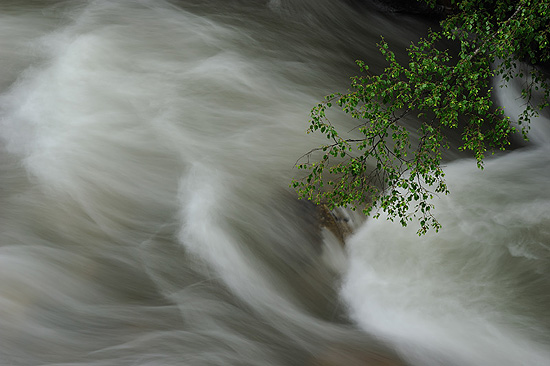
The moist and humid Pine Forests along the river are home to one of Europe’s most spectacular Ground Beetle species: Carabus rutilans, of which the largest females can measure up to 4 cm! The Valley of Ordino is home to the subspecies ‘perignitus’, which has striking colours. Under here two images of the Carabus rutilans perignitus.
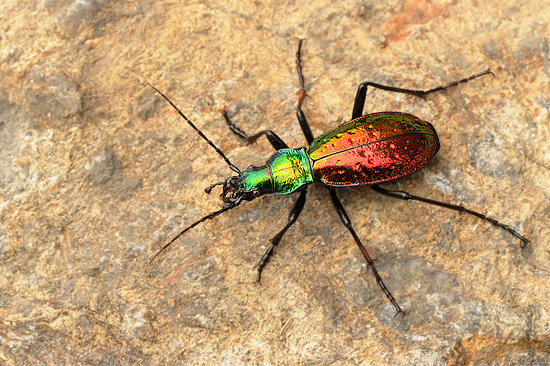
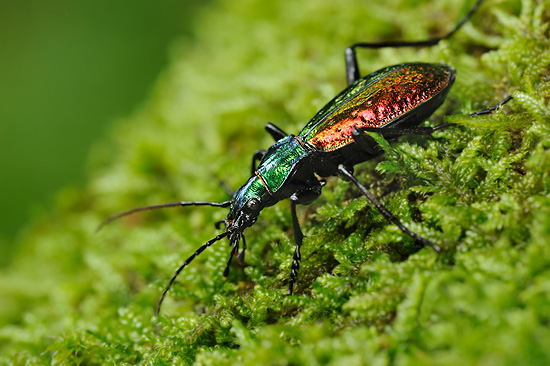
Les Lacs de Tristaina.
When following the Valle d’ Ordino up to the north, one reaches a superb high alpine landscape, called ‘Les Lacs de Tristaina’. The place consists of small turquoise lakes, brooks surrounded by fresh meadows, alpine dwarf scrub with Alpenrose and short-grazed alpine steppe habitat. Under here an image of the landscape at Les Lacs de Tristana.
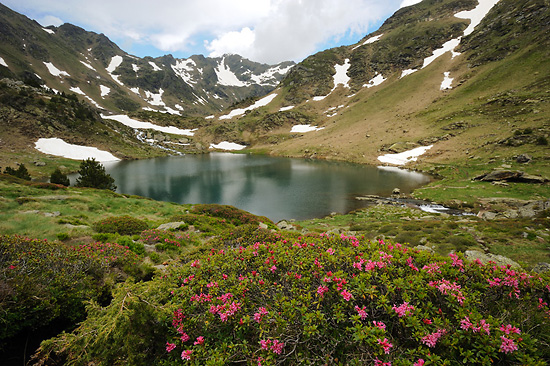
Under here, an image of an Alpine click Beetle species, Ctenicera cuprea. The beetle is quite common in the alpine grasslands with scattered rocks and stones.
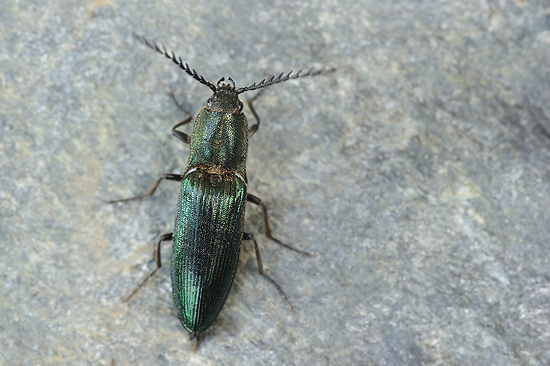
The short-grazed vegetation patches at close vicinity of the snow patches, are home to a highly localised alpine ground beetle endemic: Carabus cristoforii. The species is restricted to the high alpine pastures between 1800 and 2500 metres and in most of its suitable habitat it is often rare and localised. The Lacs de Tristana area is one of the only places where the species is not uncommon in suitable habitat. Under here a male, and a mating couple.
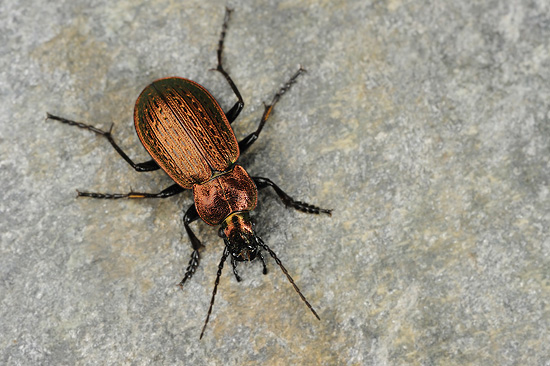
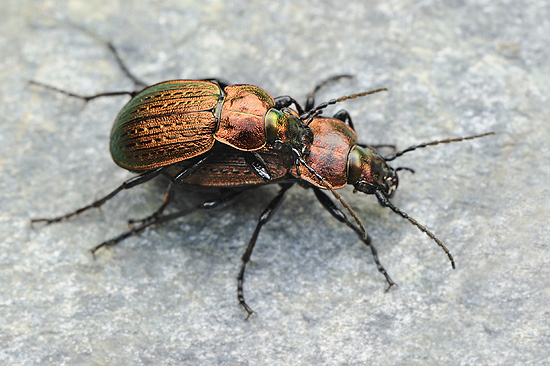
Unseen Carabus numbers at Port d’Envalira.
Nowadays, the road from France to Andorra goes through a tunnel. The old road, along El Pas de La Casa, reaches an altitude of 2408 meters at the Port d’ Envalira which is the highest pass of the Pyrénées. It is also the perfect base, to start searching for high altitude beetles. The weather was very cloudy and cold when we arrived at the pass and the temperature was barely above zero. I was really surprised to find very high quantities of beetles hidden under stones and walking around in the grass in such a seemingly hostile environment. In barely half an hour searching at close vicinity of the car park, I came across at least 60 specimens of Carabus problematicus ssp. planiusculus! As in many mountain ranges, some interesting colour variations can be encountered. I came across some specimens with a greenish edge instead of purplish to blue.
Under here a first image from a female Carabus problematicus ssp. planiusculus, with a greenish edge. The second image shows an individual with a more transitional coloration on its shields. The third image shows a more classical coloured individual.
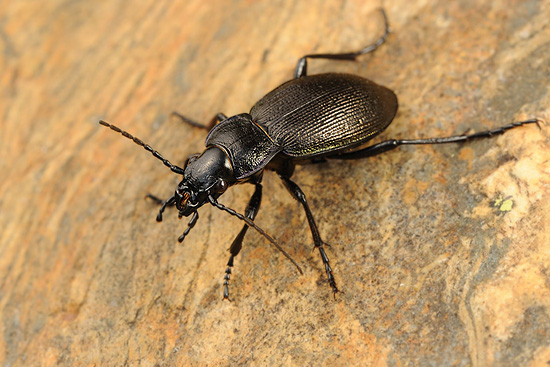
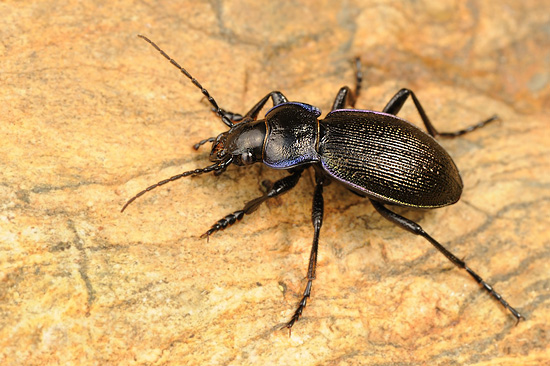
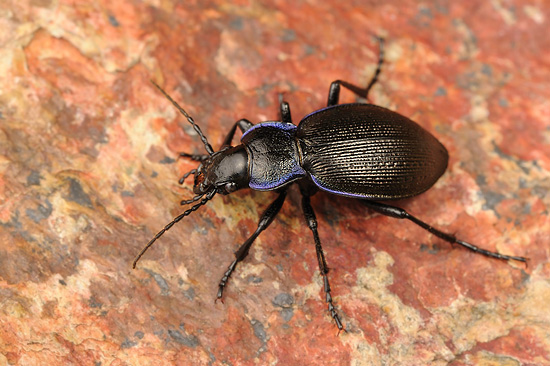
During the same quest I also bumped into two specimens of Carabus convexus. Under here, one of them.

After about an hour, I still hadn’t found any of the typical high mountain endemics, so I decided to walk a little further and search in the vicinity of the snow patches. After a few minutes I came across several Carabus pyrenaeus specimens in their typical habitat. Under here an image of the place.
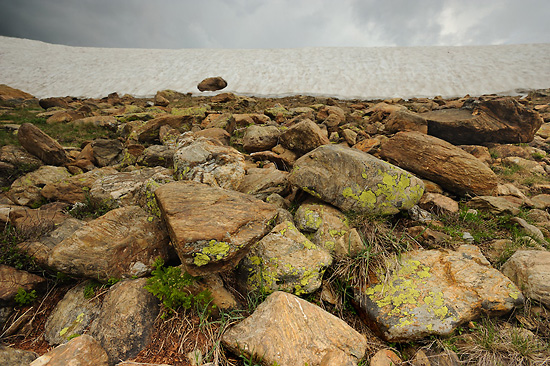
These rock piles are the typical habitat of Carabus pyrenaeus. The species is mostly found in the cool vicinity of the snow patches, where it can hide under stones when it gets too hot during the daytime in summer. Too hot, this was obviously not happening during my visit... Under here a male (first image) and a female of Carabus pyrenaeus ssp. jeanneli.

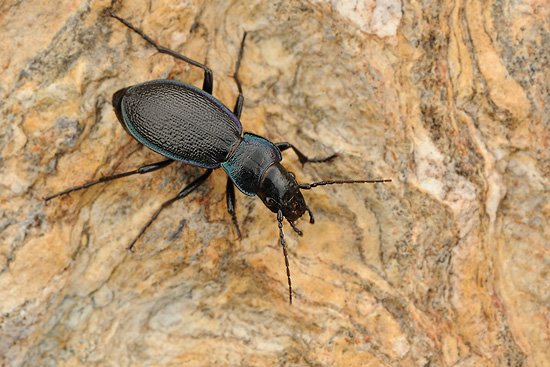
The species is closely related to Carabus auriculatus. Both mountain endemics belong to the subgenus Iniopachys and are characterized by a very flat body and a large head with relatively big jaws.
Finally I decided to search in the short grazed steppe like alpine vegetation for Carabus cristoforii. Under here an image with the steppe-like vegetation on the left (brown patches), where I found several specimens.

Here’s an image of beautiful female Carabus cristoforii, with green shields.
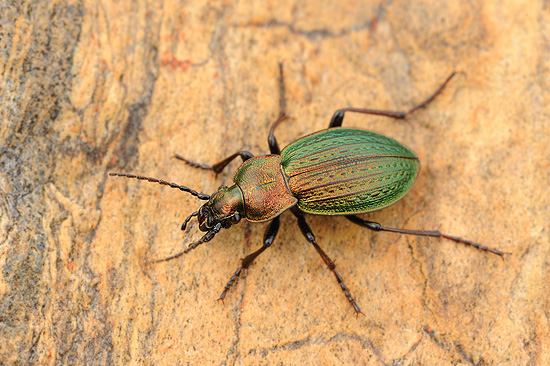
Finally, I ll’ end with an image of Carabus rutilans ssp. perignitus in his forested landscape, followed by one of a beetle on the run.
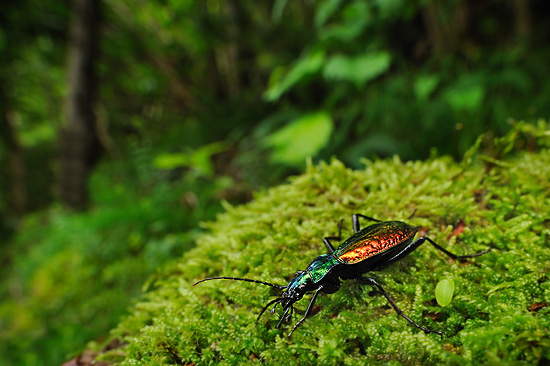
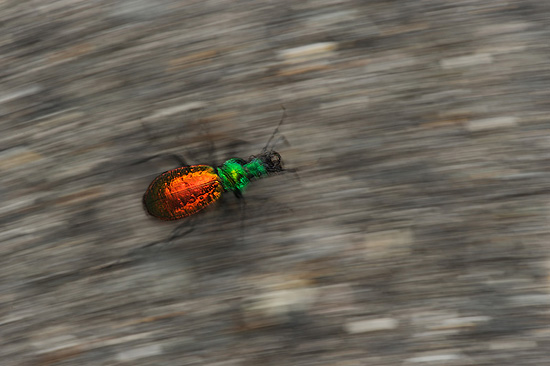
If you are interested in more images from Andorra, you can take a look at the portfolio, here.
Special thanks to André Lequet for providing me information about the interesting places and where to find the ground beetles!
